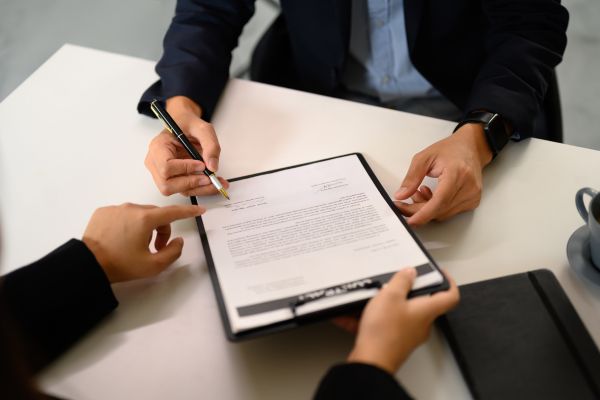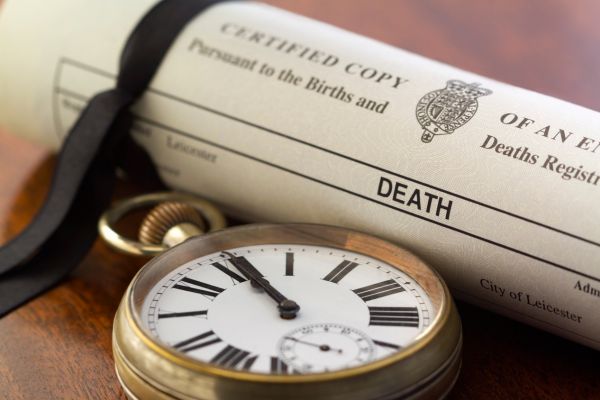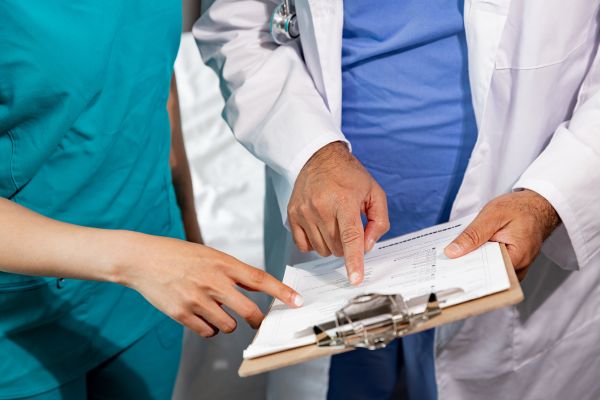Ever bought a product that didn’t quite live up to its promise? Or worse, one that caused you harm? If so, you might have found yourself wondering, “Can I do anything about this?” Well, you’re not alone. Product liability claims are designed precisely for situations like these. They ensure that consumers are protected and that companies are held accountable for the products they put on the market. In this article, we’ll dive deep into the concept of product liability claims, exploring what they are, how they work, and what you need to know to protect yourself.
What is a Product Liability Claim?
A product liability claim is a legal action taken by a consumer against a manufacturer, distributor, or retailer of a product that has caused injury or harm. This area of law is all about holding these parties responsible for putting unsafe products into the hands of consumers. Whether it’s a faulty appliance, a contaminated food item, or a dangerous toy, if a product causes harm, the companies involved in its production and sale could be liable.
Types of Product Liability Claims
When it comes to product liability claims, there are three main types that you should be aware of: manufacturing defects, design defects, and failure to warn (also known as marketing defects).
- Manufacturing Defects: These occur when a product is improperly made. Even if the design is safe, something went wrong during the manufacturing process, leading to a dangerous product. Think of a car with faulty brakes due to a mistake at the factory.
- Design Defects: In these cases, the problem isn’t with how the product was made, but with the design itself. A product may be manufactured exactly as intended, but if the design is inherently unsafe, it can still cause harm. An example might be a toy with small, detachable parts that pose a choking hazard to young children.
- Failure to Warn: This type of claim arises when a product is dangerous in a way that isn’t obvious to the user, and the manufacturer fails to provide adequate warnings or instructions. For example, if a medication has potential side effects that aren’t clearly labeled, the company could be held liable if users suffer harm.
Who Can Be Held Liable?
In a product liability claim, liability isn’t limited to the manufacturer alone. Depending on the circumstances, multiple parties in the product’s supply chain could be held responsible, including:
- Manufacturers: The company that actually made the product.
- Wholesalers: The intermediaries who distribute the product from the manufacturer to the retailer.
- Retailers: The stores or online platforms where the product is sold to consumers.
It’s important to note that you don’t need to be the one who bought the product to file a claim. If you were harmed by a product, you have the right to seek compensation, regardless of whether you were the purchaser.
How to File a Product Liability Claim
Filing a product liability claim can be a complex process, but it’s not impossible if you know the steps. Here’s a breakdown of what you need to do:
- Document the Injury: The first step is to gather evidence of the injury or harm caused by the product. This could include medical records, photographs of the injury, and the product itself.
- Keep the Product: It’s crucial to keep the product that caused the harm, as it will be an essential piece of evidence in your case. If possible, avoid repairing or altering the product in any way.
- Consult a Lawyer: Product liability cases can be complicated, so it’s often wise to consult with an attorney who specializes in this area of law. They can help you understand your rights and guide you through the process.
- File the Claim: Your lawyer will help you file the claim in the appropriate court. This involves drafting a legal complaint that outlines the details of your case and the compensation you’re seeking.
- Negotiate or Go to Trial: In many cases, the parties involved will reach a settlement before the case goes to trial. However, if a settlement can’t be reached, your case may proceed to court, where a judge or jury will determine the outcome.
Common Defenses in Product Liability Cases
Just as there are multiple grounds for filing a product liability claim, there are also several common defenses that companies may use to fight against these claims:
- Product Misuse: If the defendant can prove that you used the product in a way that was not intended or foreseeable, they may avoid liability.
- Contributory Negligence: In some cases, the defendant might argue that the plaintiff’s own negligence contributed to the injury. For example, if you ignored safety warnings or instructions, this could reduce or eliminate the defendant’s liability.
- Assumption of Risk: If you were aware of the product’s dangers but used it anyway, the defendant might claim that you assumed the risk of injury, which could limit their liability.
FAQs About Product Liability Claims
Q: How long do I have to file a product liability claim?
A: The time limit for filing a product liability claim, known as the statute of limitations, varies depending on your location. In general, it’s a good idea to consult a lawyer as soon as possible to ensure you don’t miss any deadlines.
Q: Do I need to prove negligence in a product liability claim?
A: In most product liability cases, you don’t need to prove negligence. Instead, these cases often fall under strict liability, meaning that if the product is defective and causes harm, the manufacturer can be held liable regardless of whether they were negligent.
Q: Can I file a claim if I wasn’t the one who bought the product?
A: Yes, you can file a product liability claim even if you weren’t the one who purchased the product. As long as you were injured by the product, you have the right to seek compensation.
Q: What kind of compensation can I receive in a product liability case?
A: The compensation you might receive can include medical expenses, lost wages, pain and suffering, and in some cases, punitive damages. The specific amount will depend on the details of your case.
Q: Can I still file a claim if I was partially at fault for the injury?
A: In some cases, yes. The amount of compensation you receive may be reduced based on your level of fault, but you may still be entitled to some recovery.
Conclusion
Navigating a product liability claim can feel overwhelming, but it’s essential to understand that these legal protections are in place to ensure your safety as a consumer. By holding manufacturers, distributors, and retailers accountable, we can help prevent future injuries and promote the production of safer products. If you’ve been harmed by a defective product, don’t hesitate to explore your legal options—your health and well-being could depend on it.
Authoritative Links:
- Consumer Product Safety Commission
- American Bar Association – Product Liability Law
- National Law Review – Product Liability
- FindLaw – Product Liability Overview



